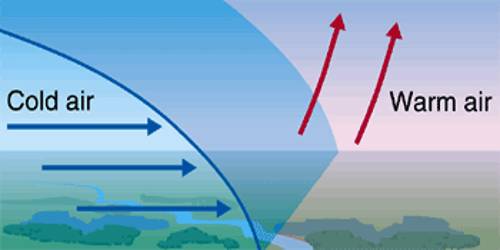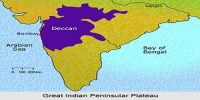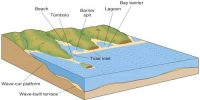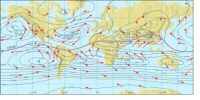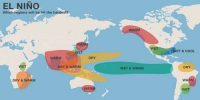Cold Front: A transition zone in the atmosphere where an advancing cold air mass displaces a warm air mass. Commonly, when the cold front is transient, winds become breezy; there is an impulsive drop in temperature, and heavy rain, sometimes with hail, thunder, and lightning. Lifted warm air ahead of the front produces cumulus or cumulonimbus clouds and thunderstorms.
Features and location of the cold front:
- leading edge of sharp temperature transform.
- moisture content (dew point) changes significantly.
- wind change (course and velocity)
- pressure trough (pressure tendency is constructive)
- often cloudy/showers/thunderstorms/sometimes rigorous.
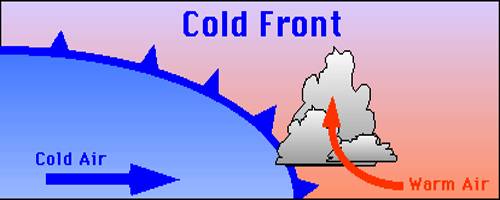
There is typically an evident temperature transform from one side of a cold front to the other. It has been known that temperatures east of a cold front could be roughly 55 degrees Fahrenheit while a short distance from this front, the temperature can go down to 38 degrees. A sudden temperature modifies over a short distance is a good indicator that a front is located somewhere in between. As the humid air rises, it causes a region of low pressure along the cold front. The warm air cools as it rises and moisture begins to reduce.
